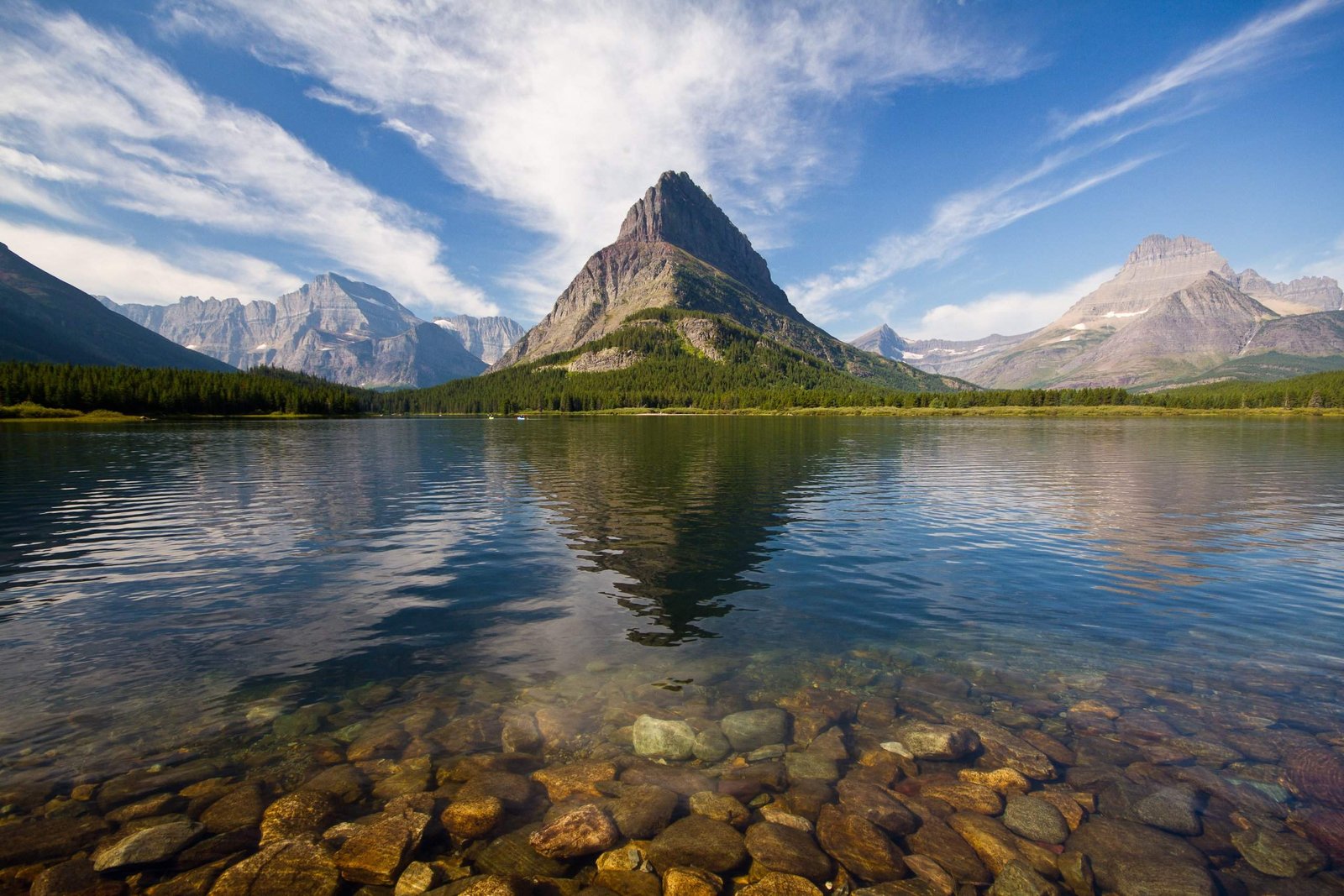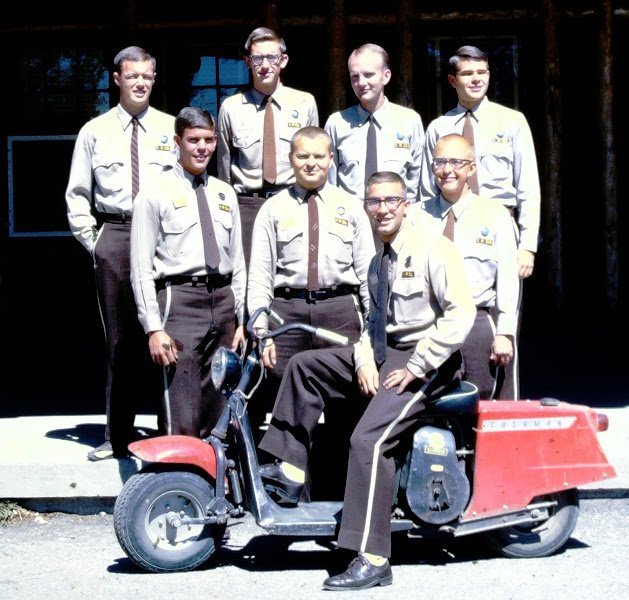As a hiker in Glacier National Park, you are looking for breathtaking landscapes, diverse wildlife, and unforgettable experiences. This vast wilderness offers a range of trails suitable for all skill levels, from easy strolls to challenging backcountry adventures. With over 700 miles of trails, pristine lakes, and rugged mountain peaks, Glacier National Park provides hikers with endless opportunities to explore and connect with nature.
What Are the Most Popular Hiking Trails in Glacier National Park?

Glacier National Park boasts numerous hiking trails, each offering unique experiences and stunning vistas. Here are some of the most popular trails that hikers seek out:
- Avalanche Lake Trail
- Length: 6 miles (round trip)
- Difficulty: Easy to Moderate
-
Highlights: Lush forests, cascading waterfalls, and a serene alpine lake
-
Highline Trail
- Length: 11.8 miles (one way)
- Difficulty: Moderate to Strenuous
-
Highlights: Panoramic views of the Continental Divide, diverse wildlife sightings
-
Hidden Lake Overlook
- Length: 2.8 miles (round trip)
- Difficulty: Moderate
-
Highlights: Sweeping views of Hidden Lake, wildflower meadows, and potential mountain goat sightings
-
Grinnell Glacier Trail
- Length: 10.6 miles (round trip)
- Difficulty: Strenuous
-
Highlights: Spectacular glacier views, pristine alpine lakes, and diverse ecosystems
-
Iceberg Lake Trail
- Length: 9.7 miles (round trip)
- Difficulty: Moderate
- Highlights: Crystal-clear lake with floating icebergs, wildflower-filled meadows
When Is the Best Time to Hike in Glacier National Park?

The hiking season in Glacier National Park typically runs from late June to early October, with July and August being the peak months. Here’s a breakdown of what to expect during different seasons:
| Season | Pros | Cons |
|---|---|---|
| Summer (July-August) | – Warm temperatures – All trails open – Long daylight hours |
– Crowded trails – Limited parking – Higher accommodation prices |
| Early Fall (September) | – Fewer crowds – Beautiful fall colors – Mild temperatures |
– Shorter days – Potential early snowfall at higher elevations |
| Late Spring (June) | – Wildflowers in bloom – Waterfalls at peak flow – Fewer crowds |
– Some trails may still be snow-covered – Unpredictable weather |
What Safety Precautions Should Hikers Take in Glacier National Park?
Safety is paramount when hiking in Glacier National Park. Here are essential precautions to consider:
- Bear Safety
- Carry bear spray and know how to use it
- Make noise while hiking to alert bears of your presence
-
Hike in groups whenever possible
-
Weather Preparedness
- Check weather forecasts before heading out
- Bring layers of clothing for changing conditions
-
Be prepared for sudden temperature drops and storms
-
Navigation
- Carry a detailed map and compass
- Don’t rely solely on electronic devices
-
Stay on marked trails unless you’re an experienced backcountry hiker
-
Water and Food
- Bring plenty of water and a water filtration system
- Pack high-energy snacks and meals
-
Never drink untreated water from streams or lakes
-
Emergency Preparedness
- Inform someone of your hiking plans
- Carry a first-aid kit
- Know basic wilderness first aid
What Wildlife Might Hikers Encounter in Glacier National Park?
Glacier National Park is home to diverse wildlife. Hikers should be aware of potential encounters with:
- Grizzly and black bears
- Mountain goats
- Bighorn sheep
- Moose
- Elk
- Marmots
- Various bird species
Remember to maintain a safe distance from all wildlife (at least 100 yards for bears and wolves, 25 yards for other animals) and never feed or approach them.
What Should Hikers Pack for a Day Hike in Glacier National Park?
A well-prepared day hiker should consider packing the following items:
- Backpack
- Plenty of water (at least 2 liters per person)
- High-energy snacks and lunch
- Bear spray
- First-aid kit
- Map and compass
- Sunscreen and sunglasses
- Hat
- Insect repellent
- Rain jacket or poncho
- Extra layers of clothing
- Headlamp or flashlight
- Whistle (for emergencies)
- Camera
How Can Hikers Minimize Their Environmental Impact in Glacier National Park?
As a hiker in Glacier National Park, it’s crucial to practice Leave No Trace principles:
- Plan ahead and prepare
- Travel and camp on durable surfaces
- Dispose of waste properly
- Leave what you find
- Minimize campfire impacts
- Respect wildlife
- Be considerate of other visitors
By following these guidelines, hikers can help preserve the park’s natural beauty for future generations.
What Are Some Lesser-Known Hiking Trails in Glacier National Park?
While popular trails offer stunning views, consider exploring these lesser-known gems:
- Siyeh Pass Loop
- Length: 10.3 miles
- Difficulty: Strenuous
-
Highlights: Diverse landscapes, alpine meadows, and panoramic views
-
Pitamakan-Dawson Loop
- Length: 17.2 miles
- Difficulty: Strenuous
-
Highlights: Two mountain passes, pristine lakes, and solitude
-
Cracker Lake Trail
- Length: 12.6 miles (round trip)
- Difficulty: Moderate
- Highlights: Turquoise-colored lake, historic mine ruins
These trails often provide a more secluded hiking experience away from the crowds.
How Can Hikers Stay Informed About Trail Conditions and Closures?
To stay updated on trail conditions and potential closures:
- Check the official Glacier National Park website regularly
- Visit park visitor centers for the most current information
- Speak with park rangers about recent trail reports
- Join online hiking forums or social media groups dedicated to Glacier National Park
- Consider downloading the official Glacier National Park app for real-time updates
By staying informed, hikers can plan their adventures more effectively and safely.
As a hiker in Glacier National Park, you are looking for an unforgettable wilderness experience. With proper planning, respect for the environment, and an adventurous spirit, you’ll discover why this park is often called the \”Crown of the Continent.\” Happy hiking!
References:
1. Hiking In Glacier National Park: A Guide For First Timers
2. 10 Great Hikes in Glacier NP | Easy Strolls to Jaw-Dropping Day Hikes
3. 21 Best Hikes In Glacier National Park For Every Skill Level